Python, hailed as one of the most popular high-level programming languages, offers readability, efficiency, and a comprehensive library. This article unveils the facets of Python that make it a top choice for beginners and seasoned developers alike.
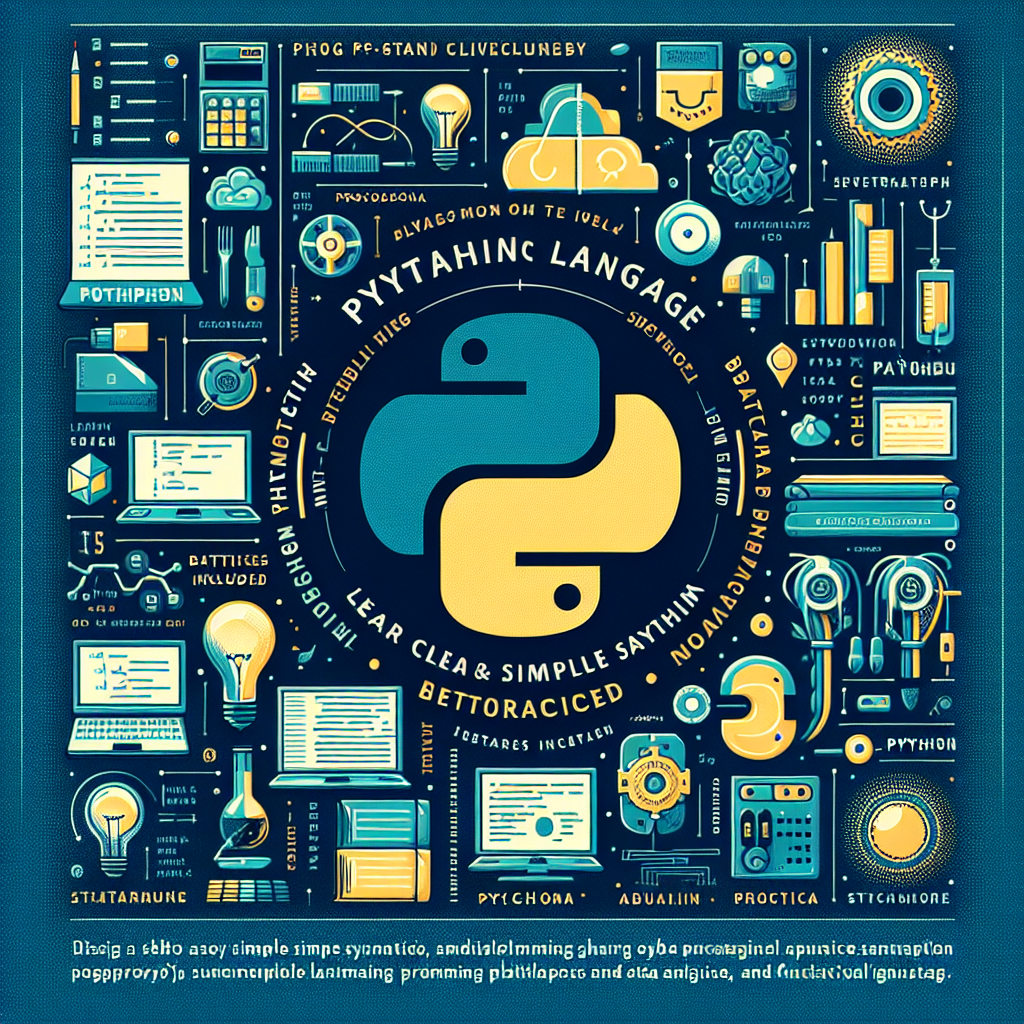
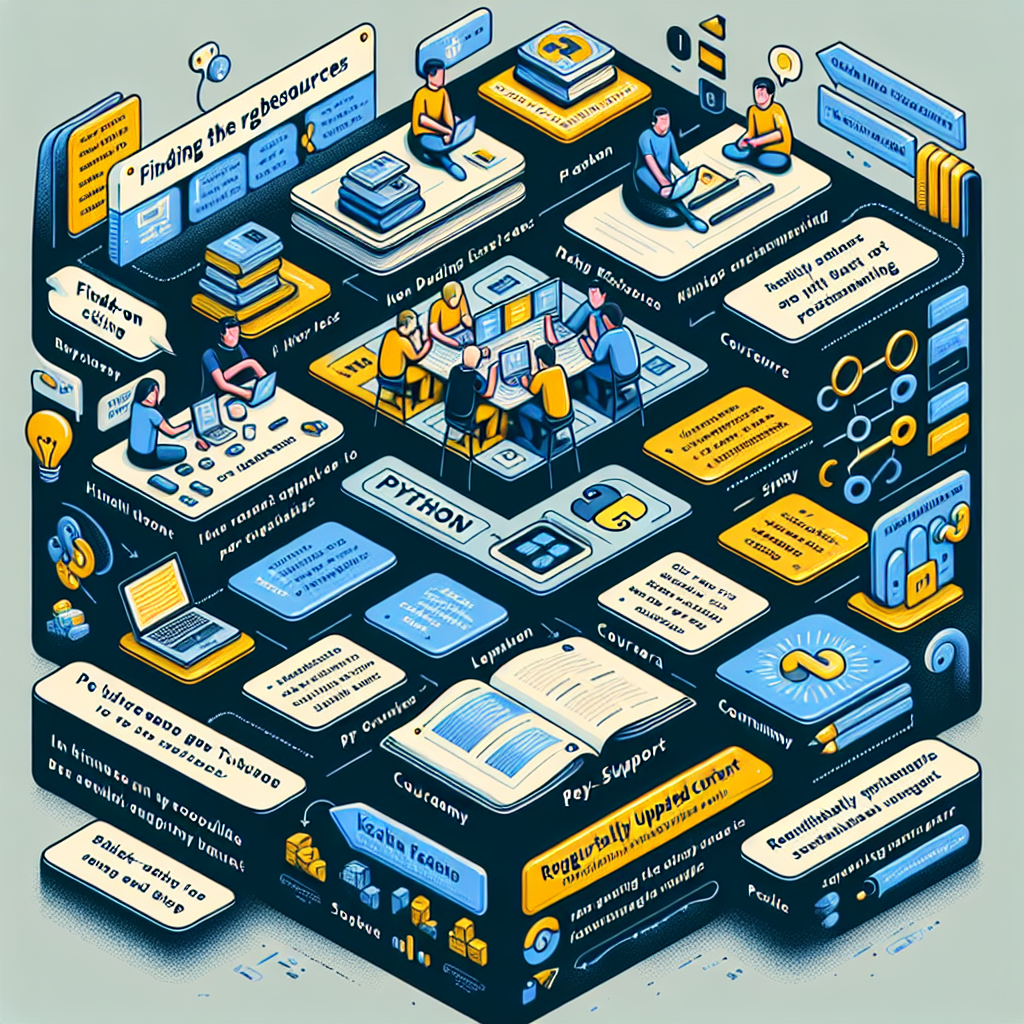
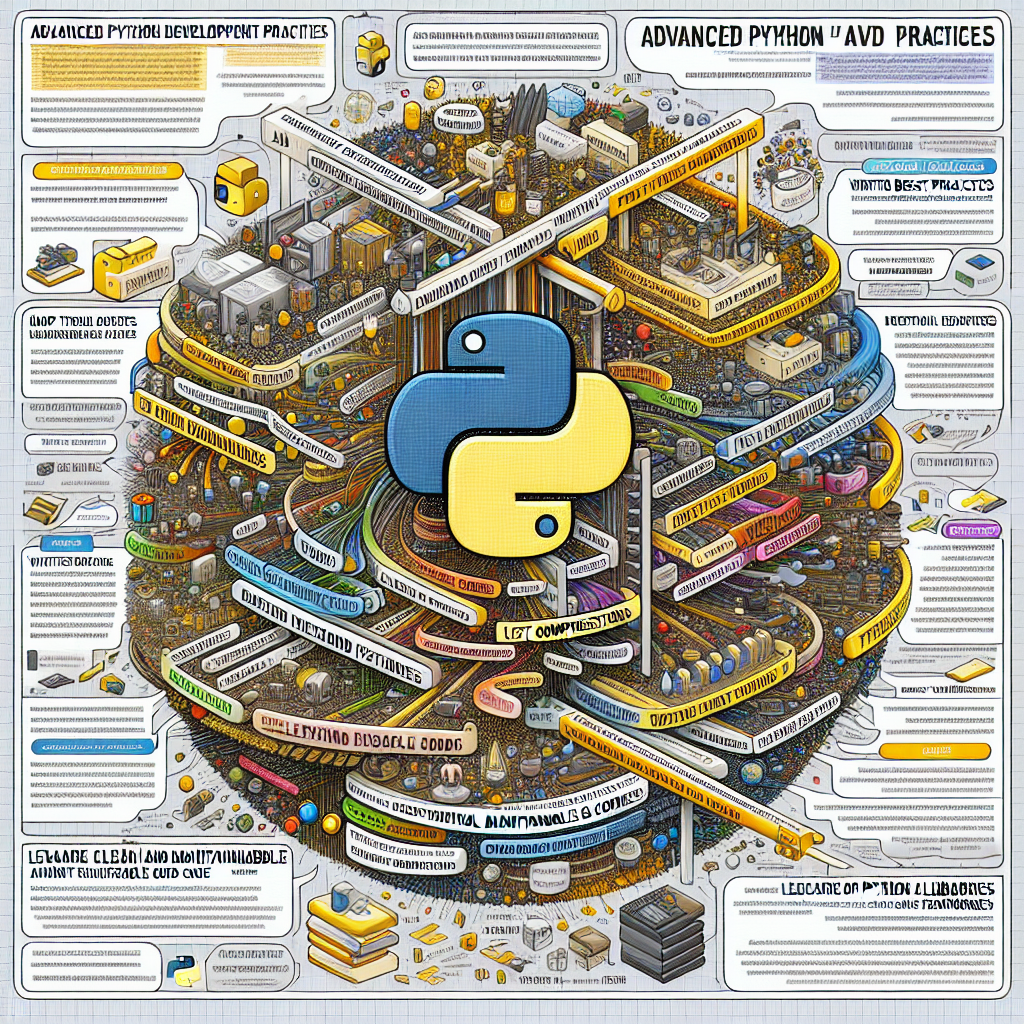
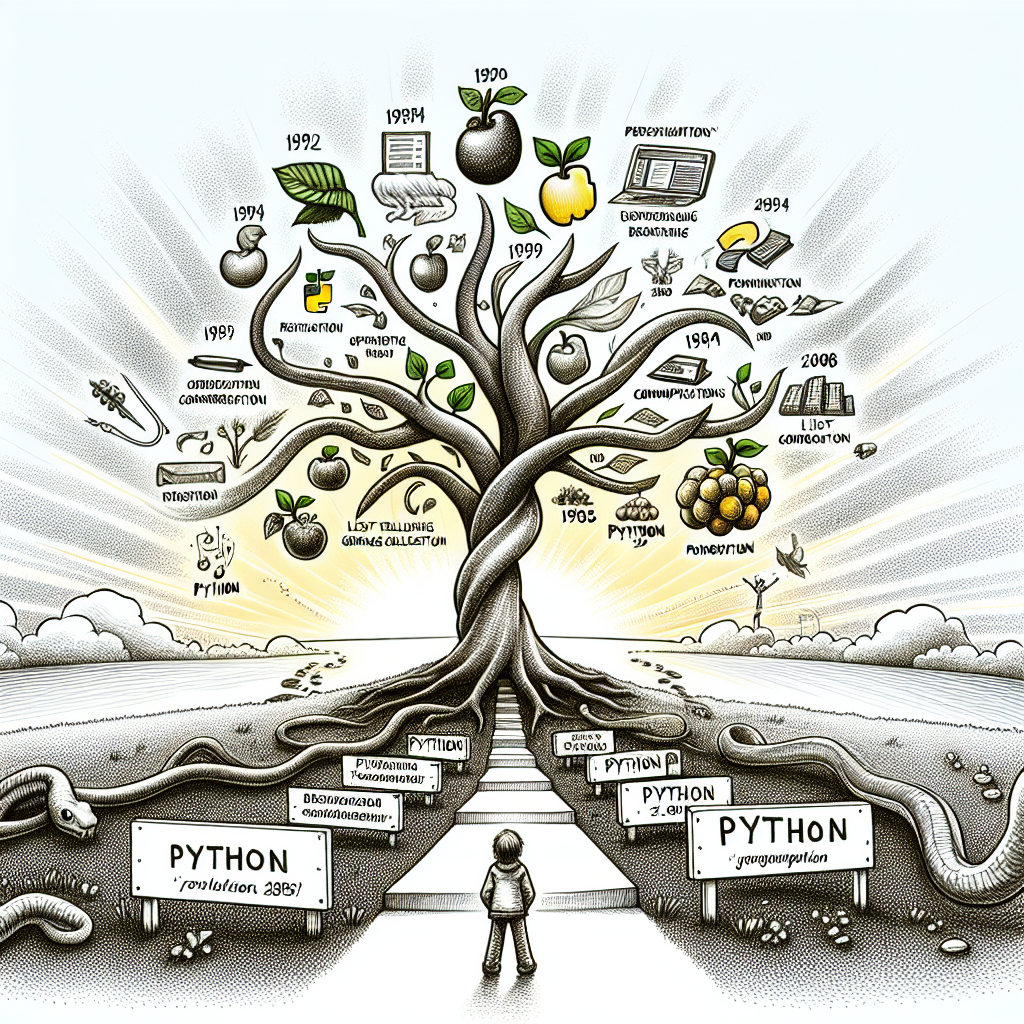 Conclusions
Python’s journey from a simple scripting language to a titan in programming illustrates its adaptability and ubiquity. Its clear syntax, powerful features, and comprehensive tutorials make it accessible to all, from novices embarking on their programming adventure to expert developers crafting robust applications.
Conclusions
Python’s journey from a simple scripting language to a titan in programming illustrates its adaptability and ubiquity. Its clear syntax, powerful features, and comprehensive tutorials make it accessible to all, from novices embarking on their programming adventure to expert developers crafting robust applications.
Understanding the Basics of Python Programming
Why Python stands out
Python's syntax is intentionally designed to be both clear and simple, which greatly benefits those just starting their programming journey. This emphasis on readability makes Python not only an excellent choice for beginners but also ensures that even complex applications can be developed and understood with ease.Simple Syntax
Python's syntax closely mirrors human language, which drastically reduces the learning curve for new programmers. This simplicity allows beginners to grasp fundamental programming concepts without getting bogged down by complex syntactical rules that are common in other languages.Power and Flexibility for Development
Despite its simplicity, Python does not sacrifice power. It is robust enough to handle large-scale applications, showcasing its capacity to serve both beginners and experienced developers. The range of applications—from web development, data analysis, artificial intelligence, to scientific computing—underscores the flexibility and capability of Python as a programming language.Support for Multiple Programming Paradigms
Another aspect that makes Python particularly appealing is its support for multiple programming paradigms. Whether it's procedural, object-oriented, or functional programming, Python provides the structures and keywords necessary to efficiently implement these paradigms. This multi-paradigm support allows developers to choose the most effective approach for their project, making Python a highly versatile tool in a developer's arsenal.Rich Standard Library
Python's standard library, often celebrated as 'batteries included', offers a vast array of modules and functions for common programming tasks. This extensive library enables developers to perform file operations, system calls, manage Internet protocols, and much more without the need for third-party modules. This self-sufficiency not only accelerates the development process but also ensures that Python applications are more stable and secure.By emphasizing clarity, simplicity, and power, Python has established itself as a leading programming language in the industry, offering a seamless development experience for beginners and seasoned developers alike.
Guiding Through Python Tutorials
Finding the Right Resources
Finding suitable learning materials is crucial for both beginners and experienced developers venturing into Python programming. The sheer volume of resources available online can be overwhelming but focusing on key features can help streamline the selection process.Hands-on Exercises
Choose tutorials that incorporate practical exercises. Engaging in hands-on projects allows learners to apply concepts in real-world scenarios, ensuring a deeper understanding of Python's applications.Community Support
Opt for platforms that offer a community forum or support. Interaction with fellow learners and experienced programmers can provide additional insights, help resolve doubts, and enhance the learning experience.Regularly Updated Content
Given Python's evolving nature, selecting tutorials that are regularly updated is vital. This ensures that learners stay abreast of the latest features and best practices in Python development.Recommended Python Learning Platforms
Several online platforms stand out for their comprehensive Python tutorials, including:- Codecademy: Known for its interactive learning approach, Codecademy offers Python courses that are well-suited for beginners, complete with exercises and projects.
- Coursera: Hosting courses from universities and colleges, Coursera provides an academic perspective to Python programming, ideal for those seeking a more structured learning environment.
- Stack Overflow: While not a tutorial site per se, Stack Overflow's community forum is an invaluable resource for problem-solving and real-world advice from experienced developers.

Advanced Python Development Practices
Mastering Python's Advanced Features
- List Comprehensions: Python developers can write more concise and readable code by utilizing list comprehensions, which offer a more syntactically elegant way of creating lists.
- Decorators: These are essential for augmenting the functionality of functions or methods without directly modifying their structure, ideal for logging, enforcing access controls, or caching.
- Context Managers: With the with statement, developers can manage resources efficiently, ensuring that setup and teardown operations are executed precisely and safely, especially in file manipulation or database access.
Embracing Virtual Environments
Using virtual environments is crucial in managing project dependencies and avoiding conflicts between project packages. Tools like venv allow developers to create isolated Python environments, fostering cleaner development ecosystems.Writing Clean and Maintainable Code
Adhering to the PEP 8 style guide ensures that Python code is both readable and maintainable. Developers should prioritize simplicity, minimize the use of global variables, and employ clear and descriptive variable names.Leveraging Python Libraries and Frameworks
Python's rich ecosystem of libraries and frameworks, such as Django for web development or Pandas for data analysis, significantly accelerates development processes. Efficient use of these resources enables developers to implement complex functionality with minimal code. This holistic approach to Python development, emphasizing advanced features, best practices, and the effective use of resources, reinforces both the language's versatility and its suitability for a wide range of programming tasks.
The Evolution and Future of Python
Python's Emergence and Growth
Python, conceptualized in 1989 by Guido van Rossum, has evolved from a small, hobbyist project to a major force in the programming world. Its simplicity and readability, reminiscent of the English language, have made it a favorite among beginners and experienced developers alike. The transition from Python 2 to Python 3 marked a significant milestone, introducing changes aimed at resolving underlying issues in the language's design for improved efficiency and performance.Major Milestones in Python's Development
- The release of Python 1.0 in 1994 laid the foundational elements of the language, emphasizing code readability and developer productivity.- Python 2.0, launched in 2000, introduced list comprehensions and garbage collection, enhancing the language's usability and performance.- Python 3.0, released in 2008, was a pivotal upgrade, focusing on fixing previous design flaws, optimizing data structures, and expanding Unicode support, despite not being backward compatible.Adapting to Modern Programming Paradigms
Python's design philosophy has consistently accommodated shifts in software development trends. Its comprehensive standard library and support for multiple programming paradigms—procedural, object-oriented, and functional—have strengthened its utility in web development, data analysis, artificial intelligence, and more. The language’s syntax improvements and the introduction of asynchronous programming capabilities with asyncio in Python 3.5 have showcased Python's adaptability to modern development needs.The Future Trajectory of Python
The roadmap for Python’s future focuses on enhancing its speed, efficiency, and ease of use while maintaining its core philosophy of simplicity and readability. Proposed improvements such as the "Faster CPython" project aim to accelerate Python's execution speed significantly, ensuring Python remains a competitive choice for developers across diverse fields. As Python continues to evolve, its community-driven development model promises ongoing enhancements, reinforcing Python's position at the forefront of programming innovation. Conclusions
Python’s journey from a simple scripting language to a titan in programming illustrates its adaptability and ubiquity. Its clear syntax, powerful features, and comprehensive tutorials make it accessible to all, from novices embarking on their programming adventure to expert developers crafting robust applications.
Conclusions
Python’s journey from a simple scripting language to a titan in programming illustrates its adaptability and ubiquity. Its clear syntax, powerful features, and comprehensive tutorials make it accessible to all, from novices embarking on their programming adventure to expert developers crafting robust applications. 